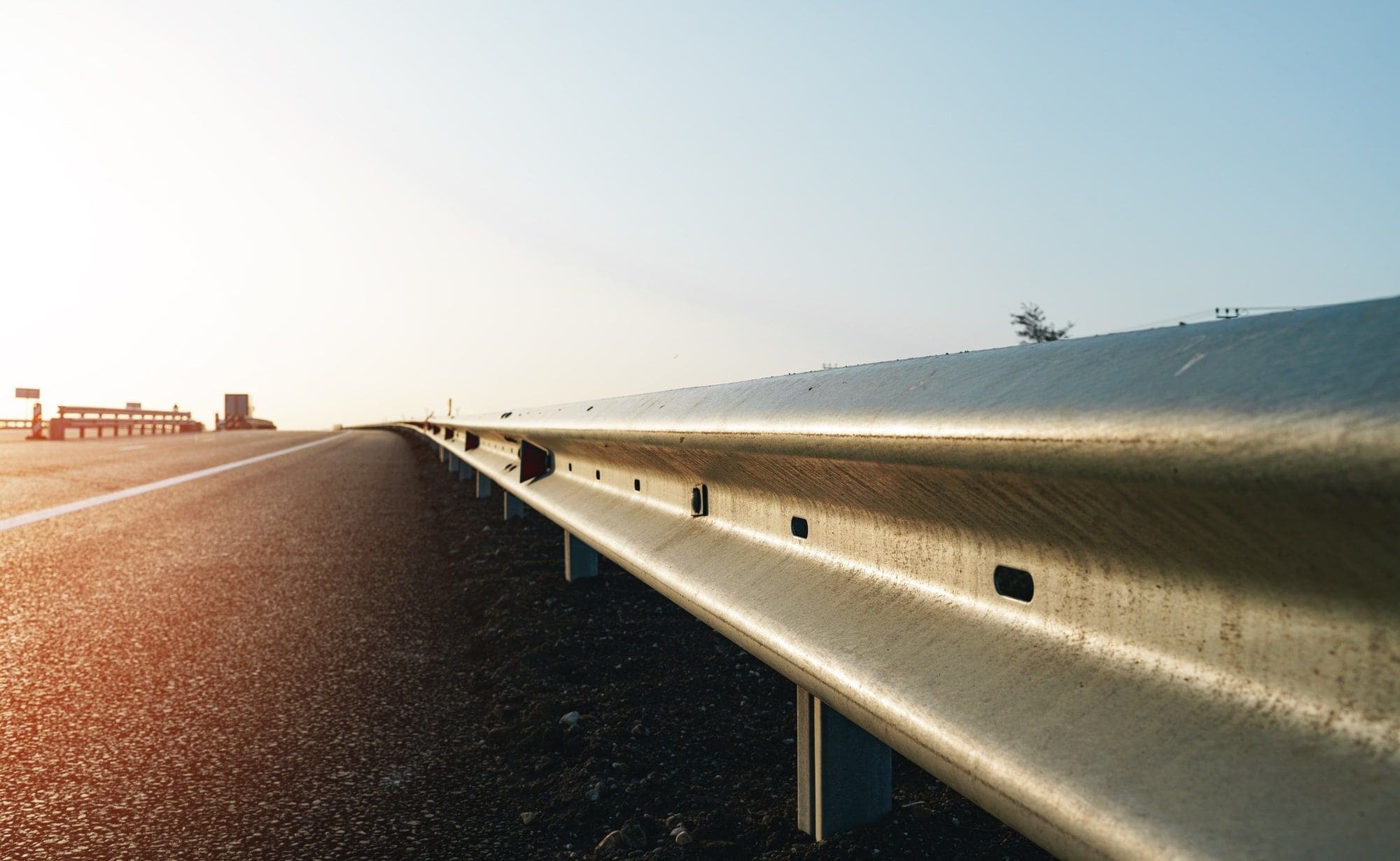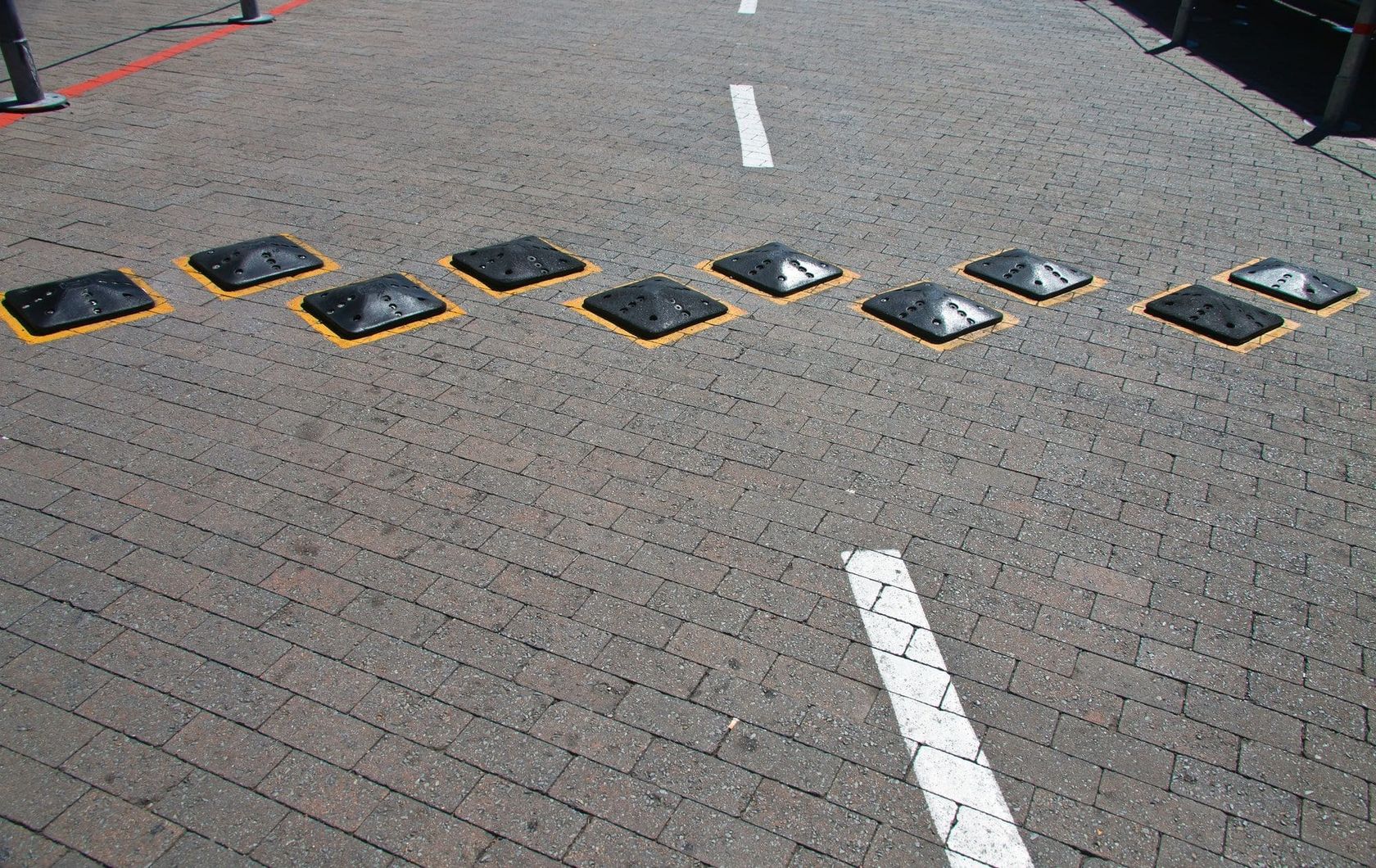In 2021, the State Road Agency (Ukrainian abbreviation: Ukravtodor) plans to build and reconstruct 6,800 kilometres of roads, as well as 150 bridges and overpasses. This volume of work may require about 40,500 tonnes of rolled steel products, including reinforcing steel, pipes and steel profiles.
In road construction, steel is generally used to build bridges and tunnels. However, a smooth highway built in accordance with modern requirements usually requires a lot of rolled steel products. Special systems made of steel help to ensure traffic safety. Therefore, the construction and reconstruction of highways has a significant impact on the growth of steel consumption in the country.
This factor became quite noticeable for the first time in 2012. The preparations for the European Football Championship had a positive effect on the development of Ukraine’s transport infrastructure. At that time, a high-speed intercity rail service was launched and the highway network was significantly updated. A new application of steel in road construction appeared in the form of updated metal road safety barriers.
There are two types of typical barriers used in Ukraine: the 11DO one-way barrier and the 11DD two-way barrier. The former is used along the shoulder of the road, while the latter is installed as a separator between oncoming lanes of traffic. There are also modifications for use on bridges and overpasses.
Ukrainian manufacturers of metal road barriers estimate that it takes 14-23 kilogrammes of galvanised flat steel to make one linear metre of one-way barrier and 28-46 kilogrammes per metre of two-way barrier. The exact amount depends on the spacing of the risers to which the fences are attached (every 1 to 4 metres) and the working width of the beam.
Building codes stipulate that a one-way barrier must be placed on each of the two shoulders along with a two-way barrier in the middle of the road. Thus, for each kilometre of new road, 56-90 tonnes of rolled steel may be required.
If the plans of Ukravtodor and local authorities for 2021 are implemented in full, road construction companies will need thousands of tonnes of rolled steel. Today, several major highways are in the final stages of construction, which will definitely require such passive road safety devices to be installed.

How are steel road barriers manufactured?
The barriers must comply with the EN 1317-2010 European standard, the DSTU B.V.2.3-12-2004 Ukrainian standard, as well as the GOST ST RK 1278-2004 and GOST 52607-2006 international standards. In addition, several other standards have been developed for related products.
Almost all rolled steel products used in the fabrication of road safety barriers are galvanised. Even the fasteners are hot-dip galvanised. The barrier is made with profiled strips or beams that can withstand the impact of a car at different speeds. They are mounted on posts located 1-4 metres from each other. As a rule, flat-rolled steel products with a thickness of 3-4 millimetres are used to produce beams. Several companies in Ukraine have certified their products and offer them to the domestic market.
Some suppliers manufacture additional protective devices that ensure the safety of motorcyclists. Special protective sheets are attached just below the barrier at turns and other dangerous road areas. They help to prevent motorcyclists from hitting dangerous parts of fences or slipping between the posts. These systems are manufactured in accordance with the DSTU EN 1317-8 standard.

What is the future of barriers?
Looking ahead, it appears safe to assume that barriers made of special heavy-duty plastic will appear on Ukrainian roads in the coming years. Such a product was recently presented in Ukraine by a company from South Korea. Similar structures are already being installed in some countries in South-East Asia.
Their advantages include the special properties of the material, which is much less likely to be destroyed in collisions with cars and other vehicles. This will reduce the costs to maintain roads and repair such barriers.
However, these materials will have to pass many stages of testing and certification to obtain approval for use in highway construction and reconstruction projects. So, these projects are still in the realm of fantasy.
Therefore, another scenario seems more likely in which steel products will again play the main role. In 2019, Ukraine’s first damper barrier system was installed on a road in the Odesa region. The appropriate standard was introduced governing the installation of such barriers on Ukrainian highways.
The peculiarity of this design is that in an accident, the metal does not puncture the car, but crumples like an accordion, buffering the impact force. Notably, these systems can be repaired following more than 80% of such accidents.
In the coming years, galvanised steel products will remain in demand for the construction of highways. This material will be the main raw material for structures that save the lives of drivers and their passengers.
